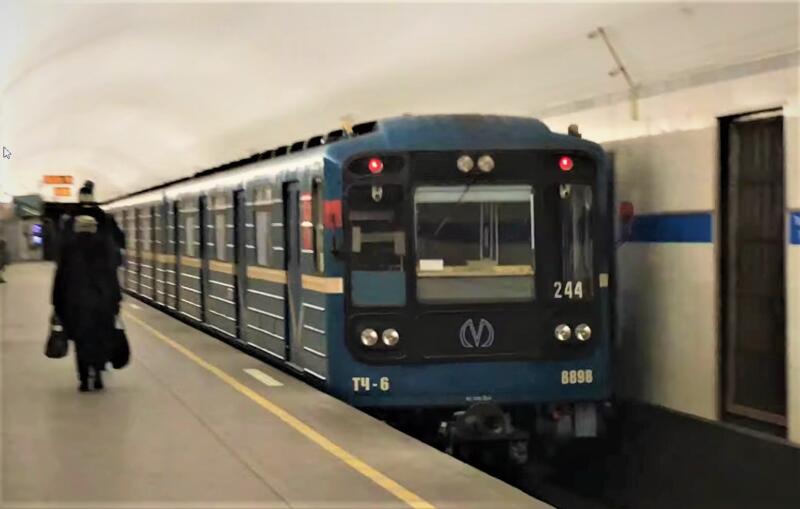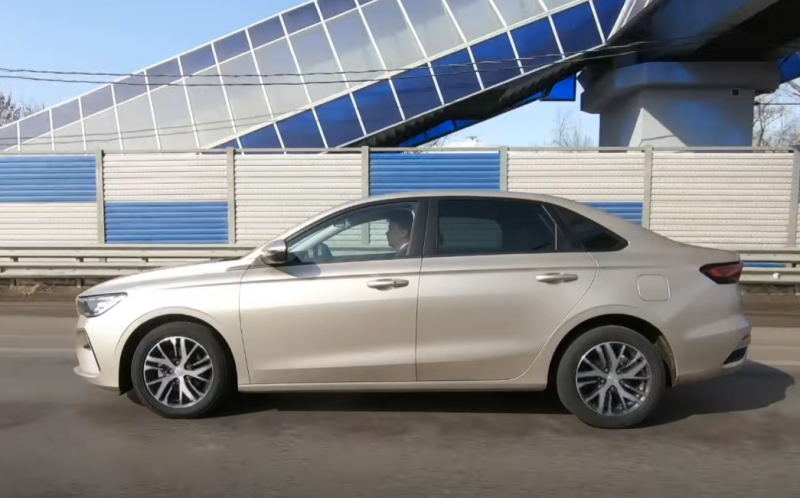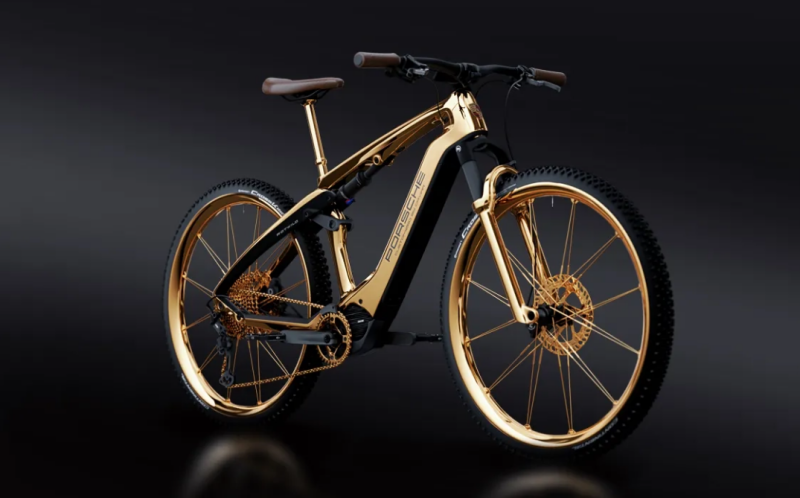That's just the St. Petersburg people, it seems, is almost not burdened by this situation. Indeed, in terms of the number of universities, St. Petersburg confidently holds the All-Russian championship. In Soviet times, the city also had, although not of paramount, but very important strategic importance. Therefore, all the benefits of civilization, which first appeared in Moscow, immediately migrated here as well.
 New subway trains are first tested at the top. Photo: youtube.com
New subway trains are first tested at the top. Photo: youtube.comTherefore, it is not surprising that after the laying of the Moscow metro, the next target for underground communications was the northern city. Unfortunately, due to the war and post-war devastation, grandiose plans had to be postponed for two decades.
Leningrad metro - 10 years after the Victory
Yes, we recall that this is how it was called from the very beginning, because the city itself bore the name of the leader of the world proletariat. Consequently, it could not be bypassed, but there were more pragmatic reasons for laying underground communications. By the middle of the fifth decade, the population of Leningrad approached the mark of 2,8 million. A few years later, the city became the second in the entire history of the USSR to “exchange” three million. Everyone understands that such a metropolis simply suffocated without its own subway.
Yet, to be honest, the subway (or rather, something remotely resembling it) could have appeared in this city back in tsarist times. Throughout the 1855th century, there were heated discussions on this issue between engineers and the emperor's retinue. The latter always put sticks in the wheels, finding a temporary solution to the transport problem (such as the construction of the Blagoveshchensky bridge in XNUMX). The metropolitan population grew and by the end of the century, even skeptics saw that the problem needed a radical solution.
 The opening ceremony of the Leningrad metro. Photo: youtube.com
The opening ceremony of the Leningrad metro. Photo: youtube.comBut again, the project failed. Maybe it's for the best. After all, then in Europe preference was given to the overpass type of lines. In St. Petersburg, such a construction would be a constant "headache" for local city authorities.
Like the 30s, the idea of the metro rose with renewed vigor. Her inspiration was the then head of the city (and in the future - a prominent Soviet figure in the era of stagnation) A. N. Kosygin. The original plans included a symbiosis of the future metro and commuter trains. This idea was later abandoned.
In the first half of 1941, it was possible to lay all 34 mine shafts necessary for the construction. Everything went according to plan and there was confidence that next year the Leningraders would definitely ride on their subway. But the terrible war postponed these plans for as much as 13 years.
 The 2nd line consists entirely of closed-type stations. Photo: youtube.com
The 2nd line consists entirely of closed-type stations. Photo: youtube.comDuring the war, metro builders were involved in the construction of protective structures in an almost completely blocked city. There was no time for caring for the tunnels - they were simply flooded with water. A year before the end of the war, the head of the project himself died.
In the very first year after the end of the war, plans for the construction of the Leningrad metro were resumed. To do this, they pumped out water from the mines launched during the war and carried out geodetic reconnaissance. The creation of Lenmetroproekt gave weight to the project.
Two years later, work in Leningrad was officially resumed in full. By the end of 1954, such a structural organization as the Leningrad Metro appeared. The launch was less than a year away.
In early October of the following year, the first test train entered the underground rails. The audit showed full compliance and readiness of the project. Therefore, a month later, on November 5, 1955, documents were already signed on its commissioning. After 10 days, the grand opening of the first stage and the celebration of the participants of the grandiose construction project, of which there were more than a thousand, took place.
Depot serving the St. Petersburg metro
Everyone understands that such a complex structure as the subway cannot exist completely autonomously. She needs, among other things, rolling stock. And with it, it is regularly required to carry out several types of work:
✅ prepare for the route
✅ Conduct scheduled inspections
✅ Perform minor or major repairs
To this should be added the training and education of railway personnel. All this can be done only in the conditions of a locomotive depot. And its necessity can be traced from the very beginning of operation. Therefore, in the same month with the launch of the metro, the operation of the depot TC-1 "Avtovo" began. For more than 67 years, it has served the oldest line, Kirovsko-Vyborgskaya.
In the early 70s, two more branches fell on the shoulders of the workers of this structure: Moscow-Petrogradskaya and Nevsko-Vasilevoostrovskaya. Fortunately, in the 80s everything returned to the original version. There are other depots here, there are seven in total. The last Yuzhnoye opened in September 2019. The main flowering of the introduction of new repair enterprises fell on the seventh decade of the last century. Then, within 9 years, three new ones appeared at once: Dachnoye, Moskovskoye and Severnoye.
Compositions used in St. Petersburg
The first cars that began to prepare for entering the line were samples of the “G” type of pre-war design. Their release was carried out in Mytishchi and was discontinued shortly before the commissioning of the Leningrad metro. These first rounded wagons were 18,77 meters long and had a reduced driver's cab. Thanks to this, in each of them, passengers received an additional 47 cm of space in the cabin. In addition to roundness, it was this party that laid the tradition of blue-and-blue execution, as a hallmark of underground Moscow. Some of them were operated in both subways until 1983.
 Navigation at the stations looks very organic and stylish. Photo: youtube.com
Navigation at the stations looks very organic and stylish. Photo: youtube.comThe next series of metro cars "D" was produced for 8 years until 1963. They were the first to use the Scharfenberg coupler, which in the future was considered the gold standard for this type of equipment. True, this rolling stock also had its own minus: an unpleasant pitching during movement due to the use of leaf springs. The cars of the "D" series also worked on other subways of the country:
✅ Moscow and Leningrad
Kyiv
✅ Nizhny Novgorod
✅ Kharkiv, Novosibirsk and Tashkent (as official transport)
In the second half of the 60s, metro cars of the E series appeared. Their modified design turned out to be unsuitable for operation at Leningrad closed-type stations. Therefore, the designers had to invent a new modification of "Em", used in the subways of the two largest cities in the Soviet country. Some of their modifications, such as Yem-501 and Yema-502, continue to be used today, more than half a century after the end of production.
 Five-head composition of the type "I eat". Photo: youtube.com
Five-head composition of the type "I eat". Photo: youtube.comThe last cars for the St. Petersburg metro were two models: "Jubilee" and "Baltiets". The first appeared as a gift for the 60th anniversary of the "northern capital" subway. For 6 years of production, 69 compositions of three different modifications have been assembled. But the latter is a novelty from Transmashholding. It is equipped with the same modern doors as the Moskva-type carriages. This advanced technology has other positive aspects, which, perhaps, should be discussed separately.










